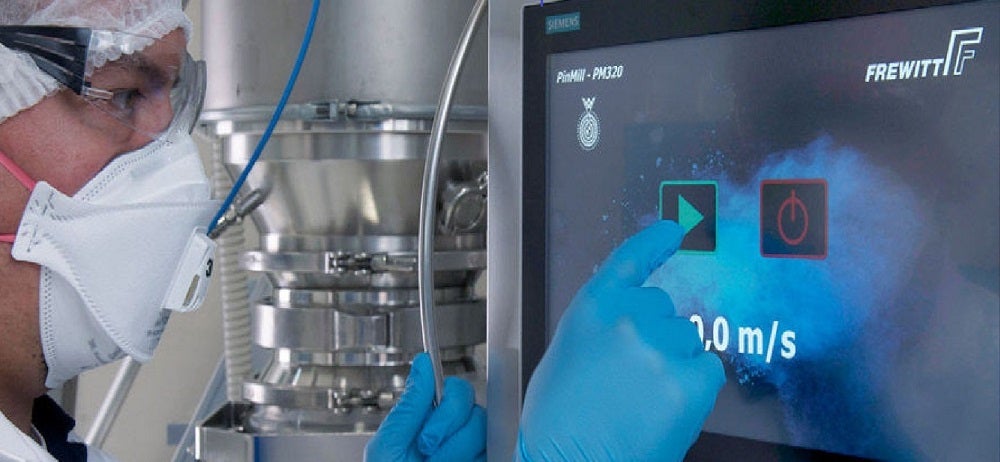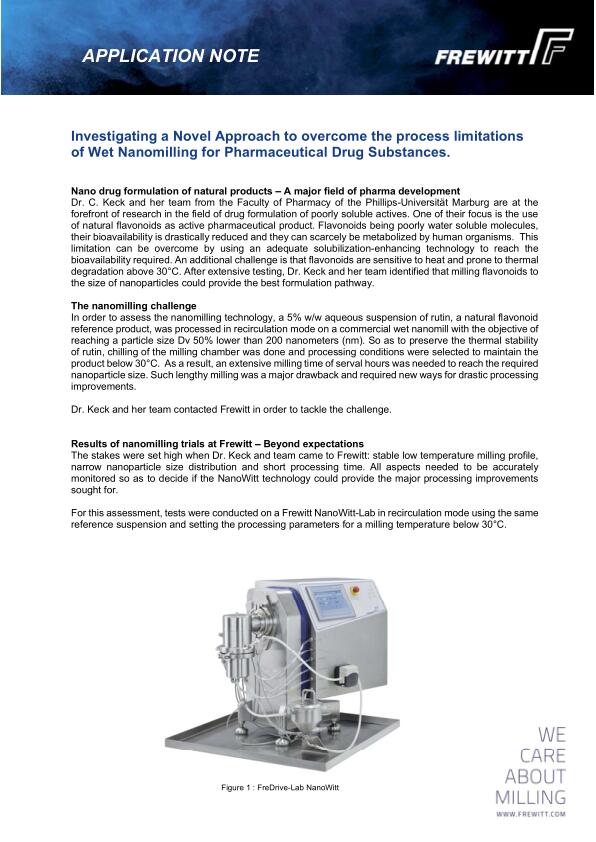
The number of high-potency drug approvals has increased over the last decade, driven by the increasing use of APIs (Active Pharmaceutical Ingredients) in the pipeline and among marketed drugs. This, coupled with small pharma companies being unable to acquire or access containment capabilities in-house, means that the demand for innovative specialized small molecule capabilities remains high.
According to GlobalData’s Drugs database, 97% of marketed drugs are small molecule products and analysis shows an increased CMO appetite for specialized capabilities, with controlled substance and containment facilities highly sought after[i].
Containment challenges and opportunities
High containment facilities guard against exposure to extremely potent products and cross-contamination. Premium specialized equipment is necessary because high containment facilities call for the separation of the operator from the product. Drugs with a high potency are toxic even in small doses, and present a threat to human health, or run the risk of coming into contact with other drugs while being manufactured and compromising the quality.
Many small and mid-cap companies lack the expertise for regulatory compliance and high containment facilities and thus seek to outsource NMEs (New Molecular Entities) requiring special handling.
GlobalData’s Contract Small Molecule API Manufacturing Industry by the Numbers (2021) analyzed 2,787 small molecule API contract manufacturing facilities. Of those, only 935 (34%) small molecule API facilities offered some type of containment capabilities.
Containment facilities represent a minority of overall commercial-scale small molecule API manufacturing facilities but made up 58% of all facilities acquired in 2018 to 2020; a sure sign that this capability is highly sought after. Furthermore, the number of marketed high potency APIs (HPAPIs) tends to increase over time as more HPAPIs in development gain approval.
As containment is a specialist capability that small pharma companies are unlikely to possess, a CMO with containment facilities has greater opportunities to secure contract manufacturing agreements.
Challenges for micronization
Micronization has become an increasingly significant process in the pharmaceutical industry and is necessary to produce APIs with better solubility and improved bioavailability.
A number of high-impact milling methods, including ball, hammer, pin, and disc mills, have been adopted to meet this need. However, these traditional methods frequently result in high process temperatures and loud noise levels, which can be dangerous for operators and harmful to the working environment. Additionally, over-heating of the product can affect its efficacy or shelf life and bring an increased threat of explosion.
As it is challenging to ensure safe working conditions under these circumstances, frequent and potentially disruptive staff rotation is required.
Similarly, more modern equipment for micronization, such as fluid energy and jet mills, comes with limitations such as potential contamination and excess wear on machinery. Mechanical milling offers greater throughput, less running costs, and a smaller installation footprint than jet mills or classifier mills, but ultra-high impact milling methods also face challenges, such as product retention, cleaning, and gas management.
Particles between 50-75µm in size have typically been produced using mechanical milling techniques such as pin milling. For particles as small as 10µm (ultra-fine grinding) jet milling is used, but this may change as pin milling technology develops. Pin mills have the advantages of greater capacity, are comparatively simple to maintain, and run efficiently.
A single, combined system
In the past, milling technologies had limited ability to deliver the highest standards of process efficiency while also providing the desired level of safety for personnel operating the milling machinery.
Conceived and designed to revolutionize the milling process, Frewitt’s latest development – the Power Mill PMV-320 – is a single system that combines both containment and micronization processes, without compromising user or product safety. This is achieved via a controlled vacuum.
Patented by Swiss-based Frewitt, this recent development removes traditional risks, such as explosion, because no air is present in the system. Reduced friction also results in less heating of the product, maintaining the structure of the API and preserving its bio-performance. Additionally, the vacuum reduces noise levels to below 69 dBA.
Because the mill operates in a vacuum, it is completely contained, and all particles are prevented from leaving the installation. The entire vacuum cycle is controlled using pressure sensors, ensuring constant vacuum conditions, with ambient pressure in the processing area 10 times greater than the interior mill pressure, keeping the process contained. As the mill is under negative pressure, it is suitable for occupational exposure band (OEB) 4 and OEB 5 containment.
Positive outlook for CMOs
Analysis by GlobalData shows that demand for containment capabilities is particularly high and will continue to remain so, especially with the increase in NMEs requiring specialist handling such as oncology drugs. The increasing complexity of small molecule APIs also means that CMOs which have specialized capabilities have the advantage over the traditional manufacturing facilities operated by pharma companies.
Continuing developments in specialist equipment, such as those offered by Frewitt’s Power Mill PMV-320, means a positive outlook for those CMOs that have both containment and micronization facilities.
[i] GlobalData: Contract Small Molecule API Manufacturing Industry by the Numbers, 2021-Edition



